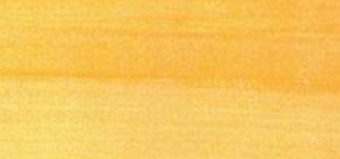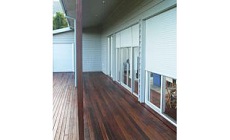

About
We Are a family run Business that aim to help people in the purchase of Building products . With over 40 years expereince in the building supply industry we aim to do our best in helping people find the right product or at least point them in the right direction to companys that can help.
Brochures and links
Damar Minyak, Indoneasian Kauri, East Indian, Almaciga, Kauri
Agathis Dammara,East Indian Kauri is a medium to large softwood native to South -East Asia extending from the Malaysian mainland through the islands to Papua New Guinea. It occurs in most areas from sea level to very high mountainous regions. The trees can be quite tall growing to a height of about 60 metres, although at high altitude they are very stunted.
The timber is very easy to work, dries well and has a very low shrinkage range. It takes nails and fixings satisfactorily, glues well and is excellent as veneer. Heartwood is straw or pale-yellow brown sometimes with a pink tinge and the sapwood is very hard to distinguish. The texture is fine and even with a very straight grain and sometimes a slight caramel like odour is present when freshly cut.
In Asia, Kauri is used for fine joinery, pattern making, laboratory and commercial bench tops, pencil making, woodturning, carving and food serving and eating utensils with the trees also taped for resin to make paints, varnishes and linoleum.
In Australia it has been widely used for flooring although it is probably too soft for high traffic areas. More common applications would be pattern making, musical instruments, eating and cooking utensils, furniture and joinery.
This specie is reasonably available in Australia and is sometimes used in place of New Zealand or Queensland Kauri which were common in the early part of the last century.
Another similar species is Fijian Kauri, Agathis vitiensis which is rarely seen in Australia, the heartwood is slightly darker than that of the East Indian Kauri but would be a good substitute.
Timber Properties
Density (average)
800kg/m3 green
550kg/m3 dry
Durability Class 4
Strength Group
S7 green
SD7 dry
Hardness Rating (average)
2.6kN green
2.7kN dry

Gallery







